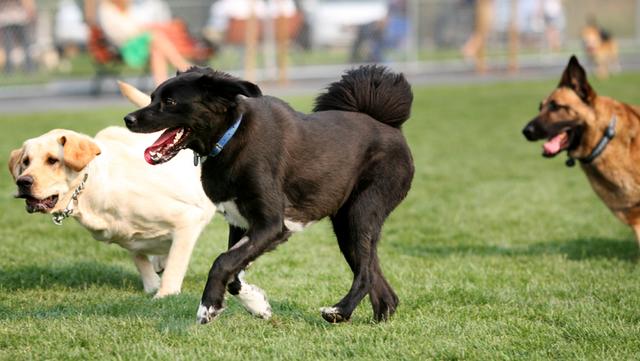
What to Do About Brown Patch Fungus
Yellowing grass doesn't always mean it's thirsty
You might be thinking that brown patch in your lawn might just need more water. Or, perhaps it’s not getting enough sun. Actually, it’s none of the above. Folks, there is a fungus among us. The culprit in question: brown patch fungus.
Brown patch fungus, also known as large patch disease, is a declining turf condition caused by a single species of fungus, Rhizoctonia, and often occurs in mid-to-late summer when the weather is hot and humid — making conditions perfect for the fungus to thrive.
How to Spot the Fungus
The funny thing about brown patch is that it doesn’t start out brown at all. In fact, the first signs of trouble are when a circular or oblong pattern of light-yellow discoloration appears in your grass. Eventually, the affected area will turn from orange to tan. It will continue to spread outward, sometimes leaving small green patches at the center. The discoloration is caused when the fungus infects each leaf, causing them to rot.
Brown patch fungus can affect all cool-season grasses, but it is especially harmful to ryegrass and tall fescue. Brown patch also affects a variety of warm-season grasses, including St. Augustine grass, Bermuda, and zoysiagrass.

One of the most frustrating aspects of brown patch is that once you spot it, the damage is already done and the fungus is thriving. The trick to successfully eradicating brown patch is understanding the fungus lives beyond where the eye can see, in your soil. When the conditions are right, the fungus strikes, making preventive measures all the more important.
How to Prevent Brown Patch
The fungus thrives on conditions that leave your lawn damp for 48 hours or more, making mid-late summer prime time for it to thrive with damage rearing its ugly head in the fall. Not to mention excessive irrigation, rainfall, and humidity all exacerbate the problem. For this reason, water management is key to preventing brown patch. Irrigation should only be used to supplement rainfall. Rain sensors and smart controllers solve for this and ensure you’re not overwatering.
One of the toughest parts about treating brown patch is that it’s likely to reoccur in lawns that have previously struggled with the fungus. If your lawn tends to be affected by brown patch annually, your landscape partner will probably prescribe a prophylactic fungicide application in the fall, with follow-up applications at regular intervals as the weather continues to cool.
Even if your lawn has been spared, you should still remain vigilant. Brown patch can remain dormant in soil for years until favorable conditions are achieved. In fact, some properties that struggle with brown patch might notice signs of infection subside when the weather warms, only to return later in the year when conditions become favorable once more.
Keep it Under Control
The good news is that your turf can recover from brown patch. The bad news? You may have to wait until the active growing season to see an improvement in appearance. While a fungicide application can help prevent spread to other areas, spots that have rotted will need to regrow.
Meanwhile, steps should be taken to ensure you’re not transferring the fungus to healthy parts of your lawn. Affected areas should not be mowed, as that could cause diseased clippings to deposit elsewhere, spreading the infection. You should also avoid walking over the area so your shoes don’t transport the spores. Finally, it’s important to not apply fertilizer during an outbreak. Sure, you’ll feed your lawn, but you’ll also feed the fungus, too.
Because brown or yellow spots can be the result of a number of causes, it’s important to have your lawn assessed by an experienced landscape professional. If brown patch is confirmed, proper treatment is critical. Self-diagnosis and treatment could make the problem worse. Our teams are experienced in treating brown patch, and can help make the process stress-free. Request a free quote or give us a call at 844.235.7778.




